DrunkkToys : Concept To Completion - How to Create an Art Toy!
It's pretty awesome that not only do I get a chance to write for this site to share a passion for the designer toy world, but those who read the site and create as well, have that same passion. That being said, Igino aka Morticella of DrunkkToys has decided to write up an entire series on his experience in creating his characters... and this is the first one. So enjoy the read, and be on the lookout of the others!
In the realm of a corporate environment, envisioning a shift toward a career as a Toy Designer with the prospect of living alongside one's artistic creations raises questions about the workings of the art toy industry. While there isn't a one-size-fits-all answer, I believe recounting my personal journey could serve as a compelling narrative and a wellspring of inspiration, especially for those contemplating an unconventional career shift.
I initially pondered: How would I go about designing my art toy? For me, the straightforward answer was to learn 3D software. While other possibilities like working with polymeric clay were enticing, they weren't without cost. Delving into clay modeling would require learning how to draw the model, create the skeleton, manipulate the clay, and master painting techniques. Although I took a course by Luaiso Lopez, which proved enjoyable, the question lingered: Did I have the time to dive deep into this method? To iterate and refine the results I aimed for? My journey in the art toys world began a year ago, just two months after my son's birth. With a full-time job, an elderly dog, and a wife, my hobby time didn't exceed 10-12 hours per week—a limitation that made persevering in my path far from obvious. Moreover, the vast array of skills to learn and master forced me to discard certain options.
Another option was to design my art toys using 2D software like Illustrator. However, from my perspective, I found more cons than pros in this approach:
Transition to 3D: You still need to convert your 2D design into a 3D model. Software Cost: You need to pay for the software, adding an additional expense to the process.
So, I made the decision to learn Blender. However, it wasn't an easy journey, especially in the first two months which felt like an ordeal. It seemed like success was a distant hope, but there was a deep-seated need within me to create something that truly reflected myself—my emotions, my perspective. Admittedly, it might sound a bit arrogant, but I pressed on. I kept fighting for it, and after a while, I managed to create some basic designs using this free yet powerful software, a crucial tool in reaching my goal.
The concept was simple: learn how to create the design and then utilize 3D printing for production. However, even this path presented its own set of challenges. Residing in a small flat (50 sq. meters) in the heart of Prague, installing a resin printer wasn't feasible due to the risk of intoxication, especially with a small child around. Additionally, I recognized the need to learn how to paint properly—another set of new skills to master. Nevertheless, I believed that I could still produce the designs through a third-party factory. Therefore, in the initial 6-7 months, my primary focus was on improving my Blender and design skills. The beginning of my journey, as I had envisioned, was far from a linear progression. March, April, and May were months where I found little time to dedicate to my hobby due to significant family pressures. While this might not be a universal factor, in my case, family commitments had a substantial impact on my creative endeavors. At one point, I almost convinced myself that my dream was over—a familiar feeling from the past. Achieving my goal seemed too challenging. However, I don't know where I found the hidden energy within me, and I returned to the fight to improve my Blender skills. This time, my aim was ambitious—not just to exercise my skills but to create the design for my first art toy and bring it to life.
Reality, however, was quite different. I became frustrated with the quality of my work, feeling talentless and almost ashamed to share my creations with others. They seemed mediocre. Some might call this the impostor syndrome, but I disagree. It's more about being honest with oneself, perhaps influenced by my refined taste in art cultivated in Rome, a city surrounded by beauty. I learned early on to distinguish between real beauty and mere imitations of art. At this juncture, I was certain that the only solution to create my art toy was to enlist the help of a third-party factory. I felt incapable of acquiring more skills, and there was doubt about my ability to design my art toy. At this stage, it became evident that my approach to creating and designing a toy involved enhancing my skills as a 3D designer. Focusing on this singular task provided me with a better chance of learning techniques sufficient to translate my ideas into a tangible model. Interestingly, I hadn't grasped yet that a myriad of new challenges awaited me. I naively believed that once I had the model, everything would become smoother, and fame would effortlessly follow, spreading my art worldwide, hahahahaha I’m joking. Of course, I acknowledged that more challenges lay ahead, but many of them were still unknown at that juncture.
I trust that this post has proven helpful for those considering embarking on a similar path or pursuing their dreams. If you enjoyed it, be aware that this is the initial installment of a five-part series detailing my journey. So, stay tuned for more!
I initially pondered: How would I go about designing my art toy? For me, the straightforward answer was to learn 3D software. While other possibilities like working with polymeric clay were enticing, they weren't without cost. Delving into clay modeling would require learning how to draw the model, create the skeleton, manipulate the clay, and master painting techniques. Although I took a course by Luaiso Lopez, which proved enjoyable, the question lingered: Did I have the time to dive deep into this method? To iterate and refine the results I aimed for? My journey in the art toys world began a year ago, just two months after my son's birth. With a full-time job, an elderly dog, and a wife, my hobby time didn't exceed 10-12 hours per week—a limitation that made persevering in my path far from obvious. Moreover, the vast array of skills to learn and master forced me to discard certain options.
Another option was to design my art toys using 2D software like Illustrator. However, from my perspective, I found more cons than pros in this approach:
Transition to 3D: You still need to convert your 2D design into a 3D model. Software Cost: You need to pay for the software, adding an additional expense to the process.
So, I made the decision to learn Blender. However, it wasn't an easy journey, especially in the first two months which felt like an ordeal. It seemed like success was a distant hope, but there was a deep-seated need within me to create something that truly reflected myself—my emotions, my perspective. Admittedly, it might sound a bit arrogant, but I pressed on. I kept fighting for it, and after a while, I managed to create some basic designs using this free yet powerful software, a crucial tool in reaching my goal.
The concept was simple: learn how to create the design and then utilize 3D printing for production. However, even this path presented its own set of challenges. Residing in a small flat (50 sq. meters) in the heart of Prague, installing a resin printer wasn't feasible due to the risk of intoxication, especially with a small child around. Additionally, I recognized the need to learn how to paint properly—another set of new skills to master. Nevertheless, I believed that I could still produce the designs through a third-party factory. Therefore, in the initial 6-7 months, my primary focus was on improving my Blender and design skills. The beginning of my journey, as I had envisioned, was far from a linear progression. March, April, and May were months where I found little time to dedicate to my hobby due to significant family pressures. While this might not be a universal factor, in my case, family commitments had a substantial impact on my creative endeavors. At one point, I almost convinced myself that my dream was over—a familiar feeling from the past. Achieving my goal seemed too challenging. However, I don't know where I found the hidden energy within me, and I returned to the fight to improve my Blender skills. This time, my aim was ambitious—not just to exercise my skills but to create the design for my first art toy and bring it to life.
Reality, however, was quite different. I became frustrated with the quality of my work, feeling talentless and almost ashamed to share my creations with others. They seemed mediocre. Some might call this the impostor syndrome, but I disagree. It's more about being honest with oneself, perhaps influenced by my refined taste in art cultivated in Rome, a city surrounded by beauty. I learned early on to distinguish between real beauty and mere imitations of art. At this juncture, I was certain that the only solution to create my art toy was to enlist the help of a third-party factory. I felt incapable of acquiring more skills, and there was doubt about my ability to design my art toy. At this stage, it became evident that my approach to creating and designing a toy involved enhancing my skills as a 3D designer. Focusing on this singular task provided me with a better chance of learning techniques sufficient to translate my ideas into a tangible model. Interestingly, I hadn't grasped yet that a myriad of new challenges awaited me. I naively believed that once I had the model, everything would become smoother, and fame would effortlessly follow, spreading my art worldwide, hahahahaha I’m joking. Of course, I acknowledged that more challenges lay ahead, but many of them were still unknown at that juncture.
I trust that this post has proven helpful for those considering embarking on a similar path or pursuing their dreams. If you enjoyed it, be aware that this is the initial installment of a five-part series detailing my journey. So, stay tuned for more!
.png)
_SpankyStokesBanner_231120.jpg)
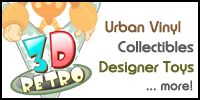



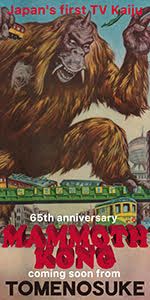
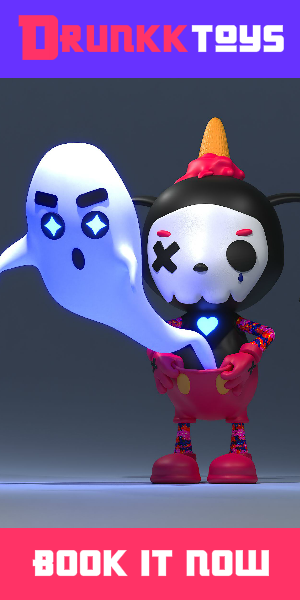









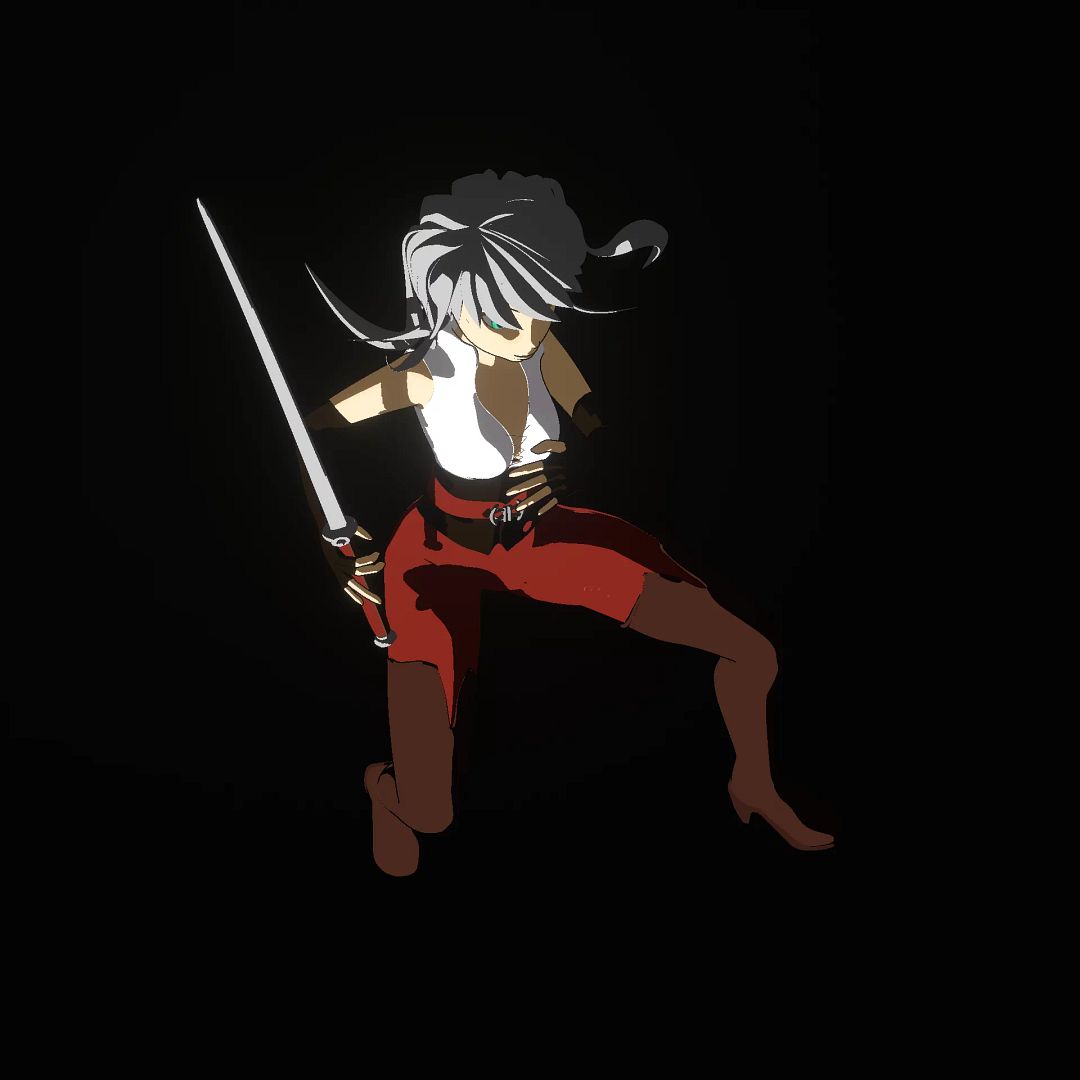
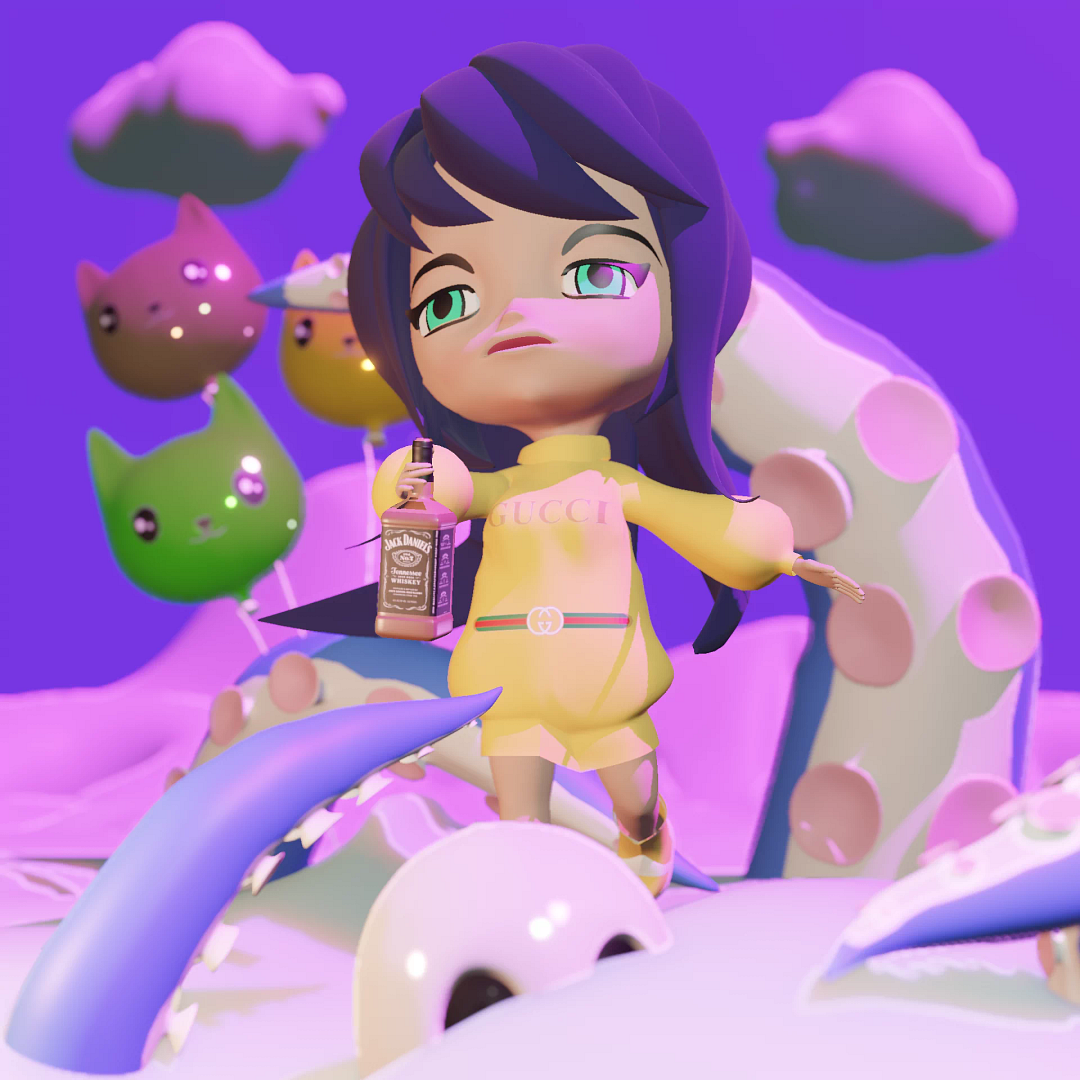

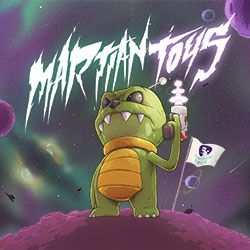
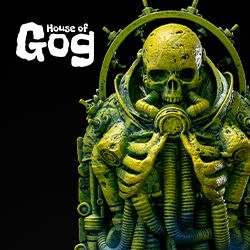

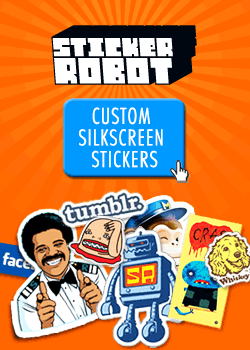

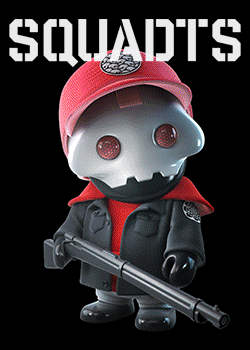

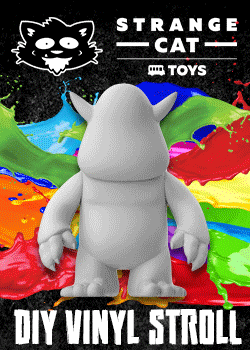

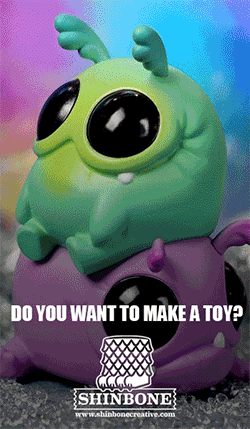


Post Comment
No comments
Post a Comment